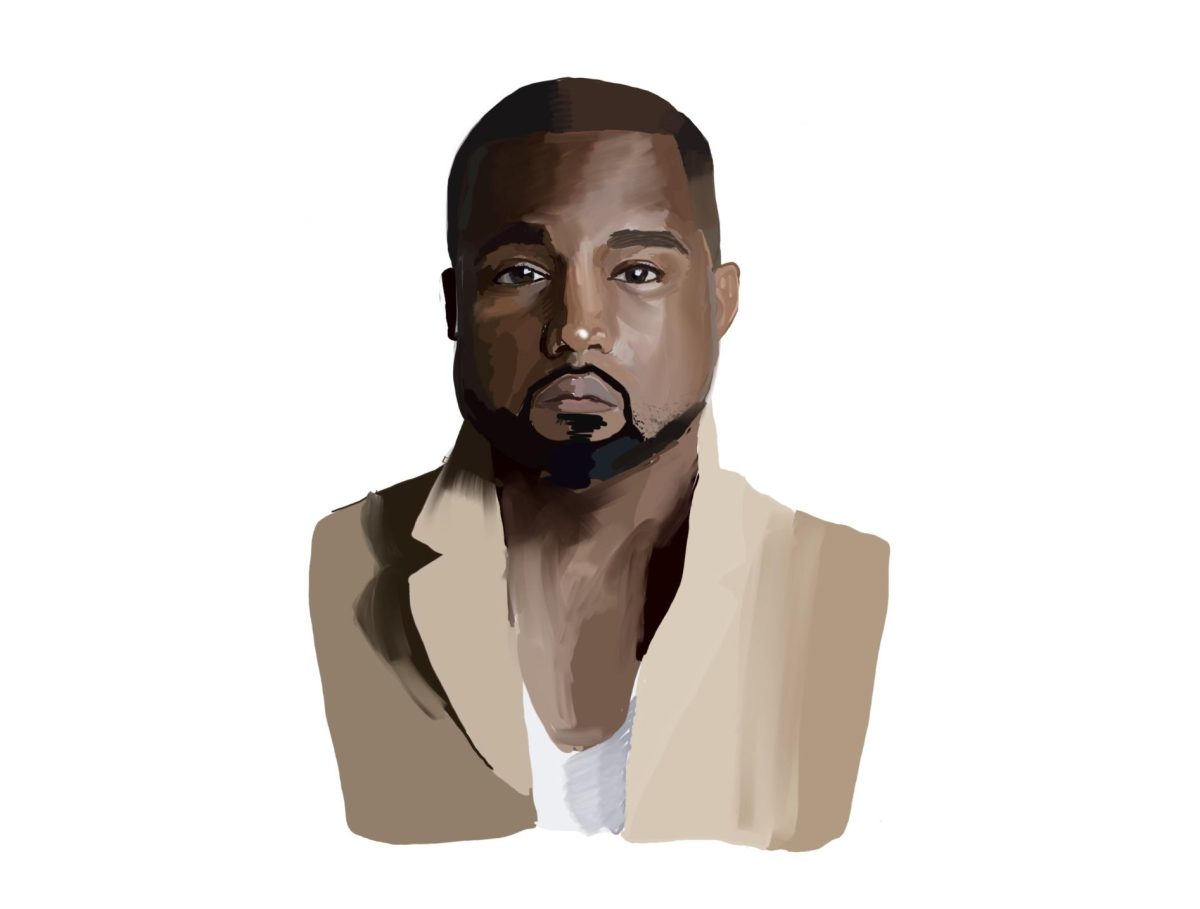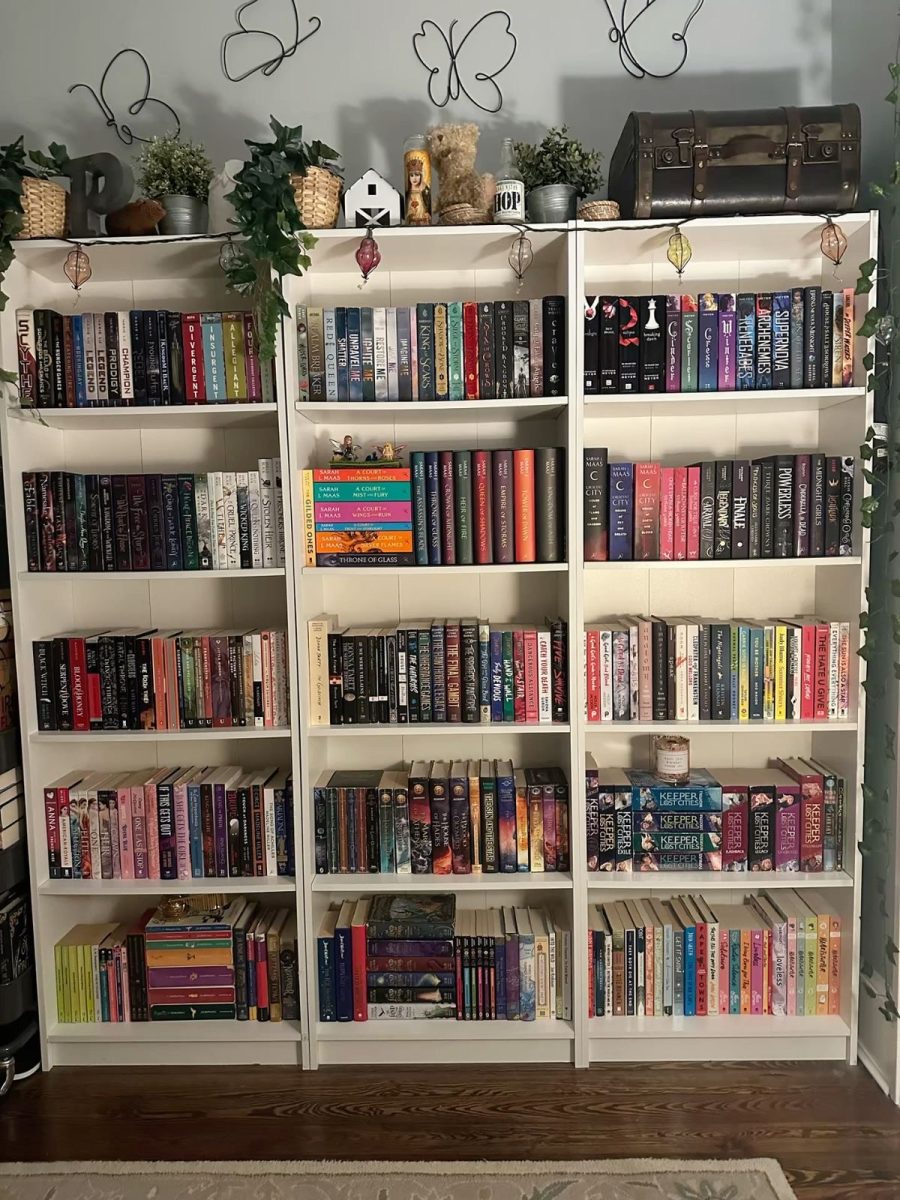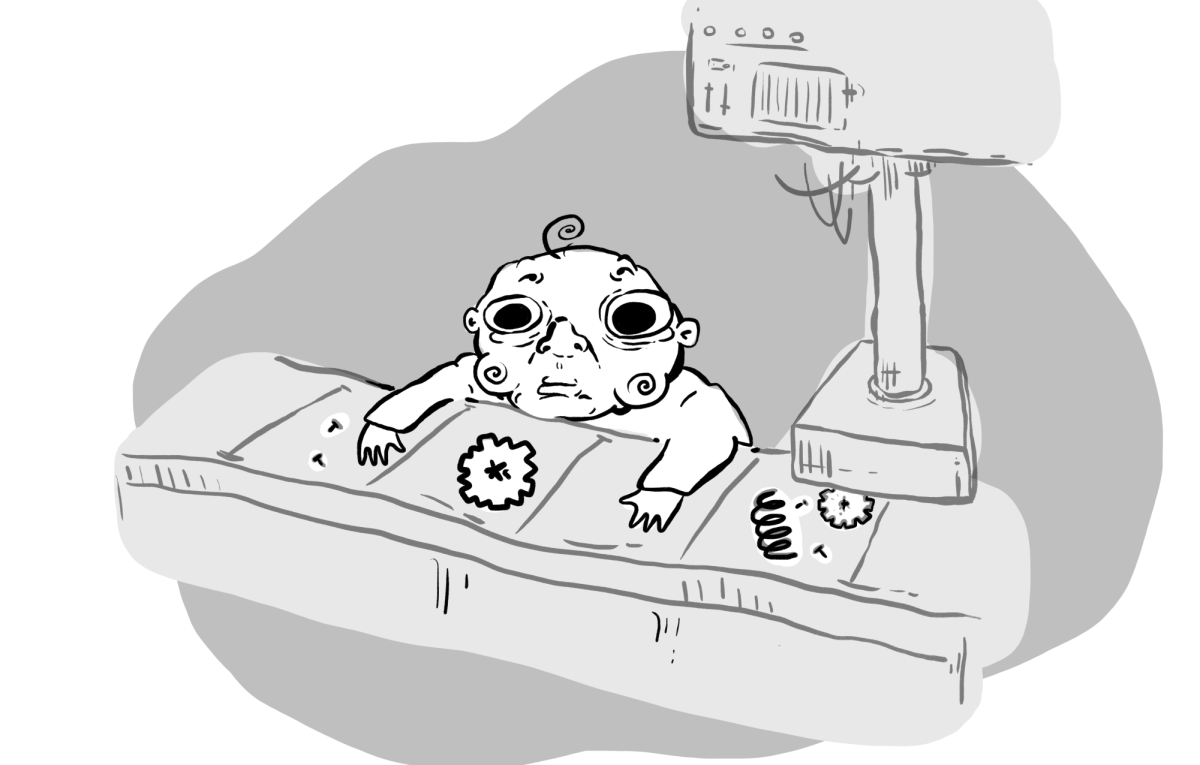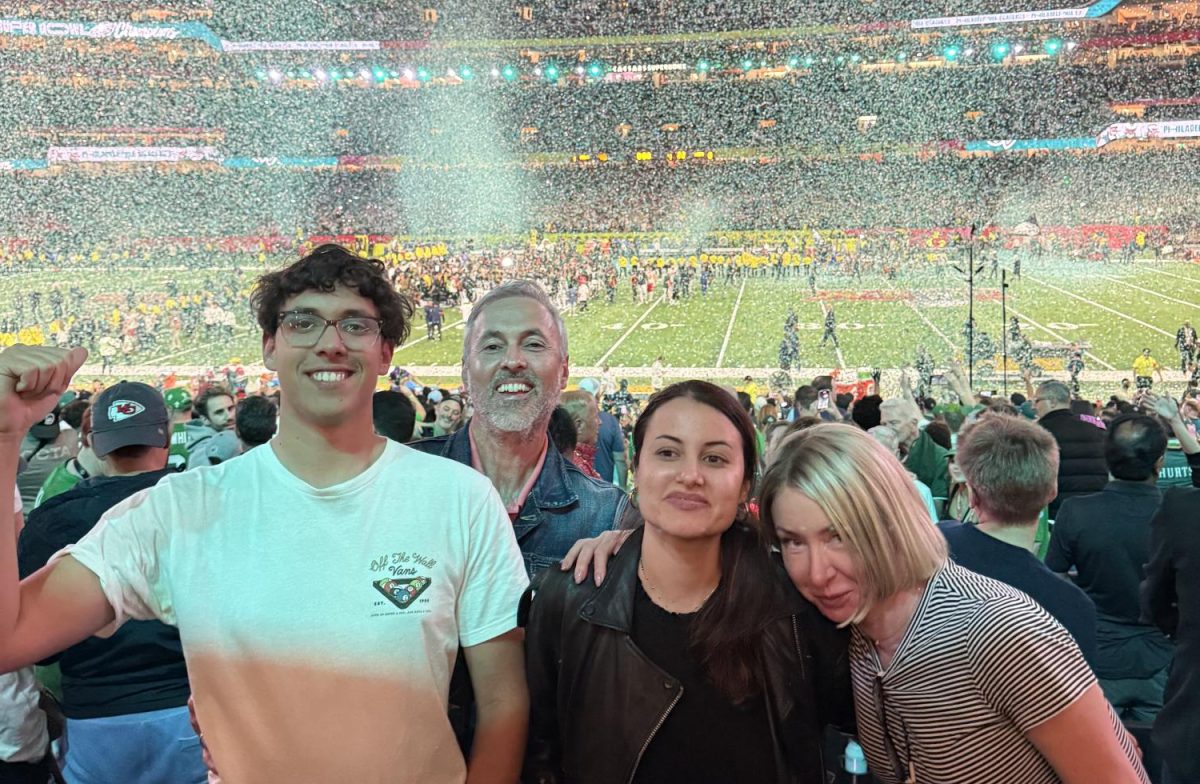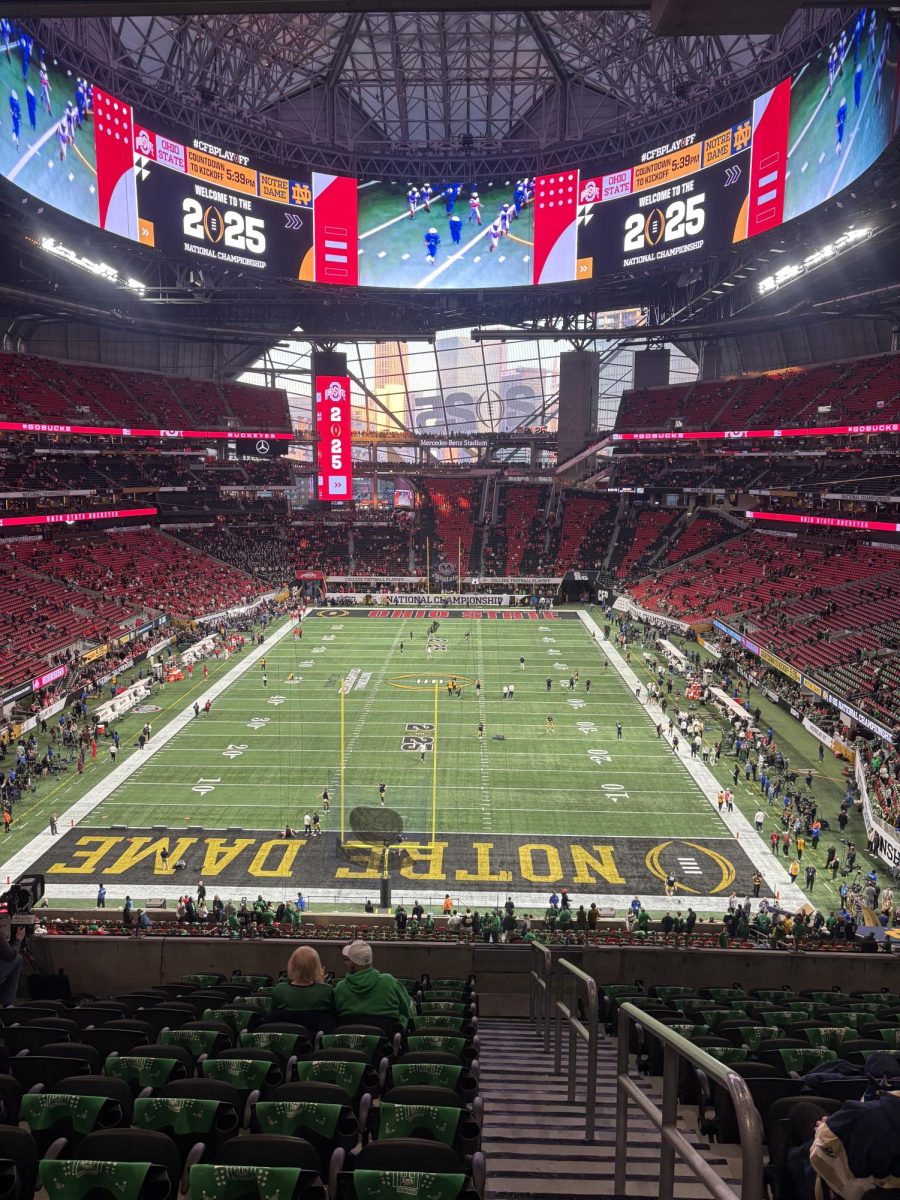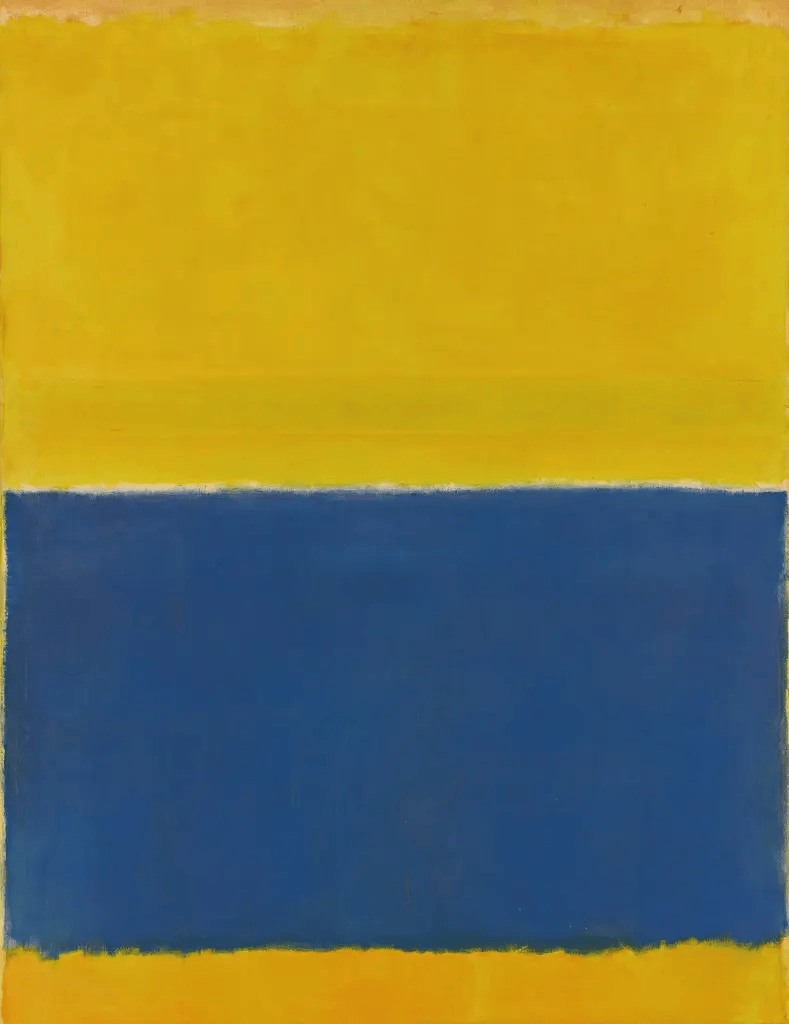In 2013, Barnett Newman’s “Onement VI” sold for $43.8 million at Sotheby’s, nearly doubling the $22.4 million record previously paid for one of the artist’s works. This artwork is part of the Color Field movement, which utilizes a large canvas to engulf the viewer in brilliant color.
The growing Color Field movement, pioneered by artists like Barnett Newman, Mark Rothko, and Jackson Pollock, has a history of extremely high price points for willing buyers, as witnessed above. However, the simplicity of these artworks raises the question: why are they able to sell for such exorbitant prices?
There are many schools of thought both inside and outside the art community regarding why this modern artwork is able to sell for so much. Sophomore Alex Lewis said that the art is only worth so much by “putting a label on it,” and people only wish to buy it for the prestige that comes with owning historic names.
Throughout history, the artist has often played a key role in the value of the art. People are generally willing to spend more on art when it is made by a reputable artist. Sometimes the artist is all that matters to the buyer.
According to Artsper, a reputable and accessible online art gallery, there are other aspects taken into consideration when appraising artwork. These aspects include the size and visual appeal of the art, both of which are key elements of the Color Field movement.
Enthusiasts of this genre believe that there truly is value in all expressions of art and are able to find meaning in this, arguably more interpretative, modern artwork. To some, the subjectivity of the artwork is part of the appeal. Freshman Tylan Huff said, “Every piece of art has a story behind it.” Modern art allows the viewer to truly interpret their own story.
This artwork may also be sought after because its simplicity fits aesthetically into modern design. “In some of my friends’ houses that are more modernized, I definitely see more of these kinds of artwork,” Lewis said. “It looks so pretty, but I’m not amazed by it.”
The popularity of the Color Field art movement certainly shows a shift in modern art as a whole, exploring the possibility that as society evolves, so does art.
While the public may appreciate modern art, the movement sometimes causes artists who spend time and effort detailing their paintings, only to be outsold, to despair. “It could take months to make a realistic portrait,” said sophomore Anastasia Davis, a resident artist. “And I feel like, for some people, [modern art] could take a couple of hours.”
The Color Field art movement has evoked colorful debates both in and out of the art community. Huff said, “A lot of people have different perceptions of what talent can be.”

![Thespians pose on a staircase at the District IV Thespian Festival. [Front to back] Luca Baker, Maddison Cirino, Tanyiah Ellison, Alex Lewis, Summer Farkas, Jill Marcus, Ella Mathews, Sanjay Sinha, Isabella Jank, Sofia Lee, Boston Littlepage-Santana, Sally Keane, Tyler Biggar, Tanner Johnson, Jasper Hallock-Wishner, Remy de Paris, Alex Jank, Kaelie Dieter, and Daniel Cooper. Photo by Michael McCarthy.](https://spschronicle.org/wp-content/uploads/2024/12/image1-900x1200.jpg)

